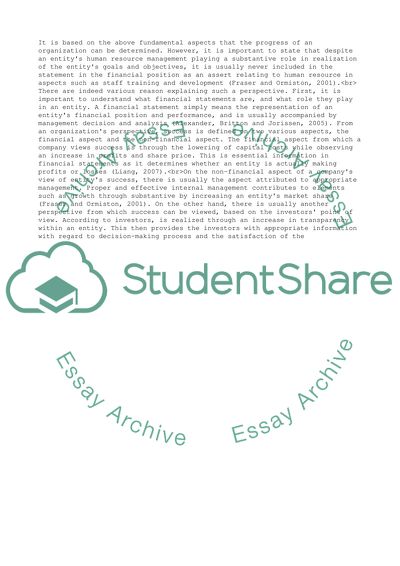Cite this document
(Company account Assignment Example | Topics and Well Written Essays - 2000 words, n.d.)
Company account Assignment Example | Topics and Well Written Essays - 2000 words. https://studentshare.org/finance-accounting/1822656-company-account
Company account Assignment Example | Topics and Well Written Essays - 2000 words. https://studentshare.org/finance-accounting/1822656-company-account
(Company Account Assignment Example | Topics and Well Written Essays - 2000 Words)
Company Account Assignment Example | Topics and Well Written Essays - 2000 Words. https://studentshare.org/finance-accounting/1822656-company-account.
Company Account Assignment Example | Topics and Well Written Essays - 2000 Words. https://studentshare.org/finance-accounting/1822656-company-account.
“Company Account Assignment Example | Topics and Well Written Essays - 2000 Words”. https://studentshare.org/finance-accounting/1822656-company-account.


